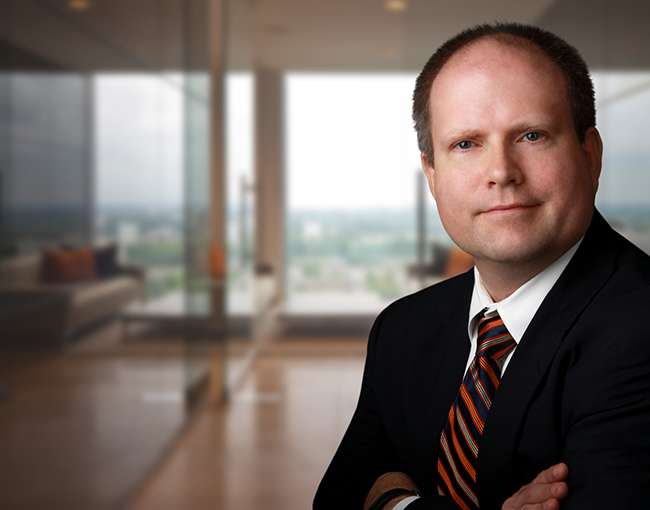Home > News & Events > Steve Ritchey writes about the America Invents Act for the American Ceramic Society

Steve Ritchey writes about the America Invents Act for the American Ceramic Society
May 6, 2014
In his second article for the magazine of the American Ceramic Society, intellectual property partner Steve Ritchey detailed the most important aspects of the Leahy-Smith America Invents Act as it relates to researchers.
Steve’s article, “Reengineering US patent law with the America Invents Act,” appears in the May 2014 issue of the ACerS Bulletin, the monthly magazine for the society, which is made up of more than 9,500 scientists, engineers, researchers, manufacturers, plant personnel, educators, students, marketing and sales professionals from more than 70 countries.
The article details the changes made effective in the years since the law’s passage in 2011. Among the law’s various changes to patent law — including measures affecting best mode, the prior use defense, and supplemental examination — one of the biggest changes was the shift to a “first to file” system.
“The changes made in shifting the U.S. from the first-to-invent regime that had been in place for 226 years were substantial and sometimes unclear,” Steve wrote. “The full effects of the changes probably will not be known until applicable patents are issued and litigated, which means it likely will be eight to 10 years before we begin to get direction from the courts.”
Still, Steve detailed eight best practices for inventors and researchers to think about in regard to the AIA, including keeping detailed records of research activities and disclosures and possibly increasing provisional application filings.
Steve’s first article for the American Ceramic Society covered patent fundamentals for researchers and engineers.
Steve earned his B.S. in ceramic engineering at Iowa State University, and his law degree from Saint Louis University School of Law. His practice involves preparing technology collaboration and license agreements and securing patents in a wide range of technological disciplines, including biotechnology, pharmaceutical compositions, ceramics, polymers, metallurgy, nanotechnology, inorganic and organic chemistry, fuel cell catalysts, semiconductors, nuclear medical materials, electrochemical and nuclear batteries, and electrical motors.
